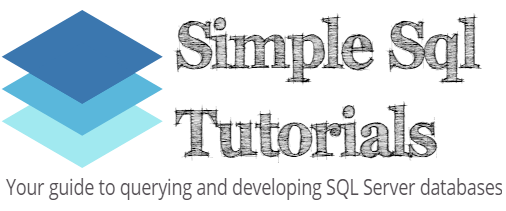Reading Time: 2 minutesSQL Server makes it very easy to escape a single quote when querying, inserting, updating or deleting data in a database. Here’s how it’s done: Just use another single quote For example, let’s take a look at a table called Books: Let’s say we want to insert another row for Continue Reading
How to see the definition of a View in SQL Server
Reading Time: 4 minutesMicrosoft SQL Server makes it very easy to create and use Views within SQL Server Management Studio. In this very brief tutorial, we’ll discuss how easy it is to see the definition of a View after it has been created and saved in your database. If you need a full Continue Reading


